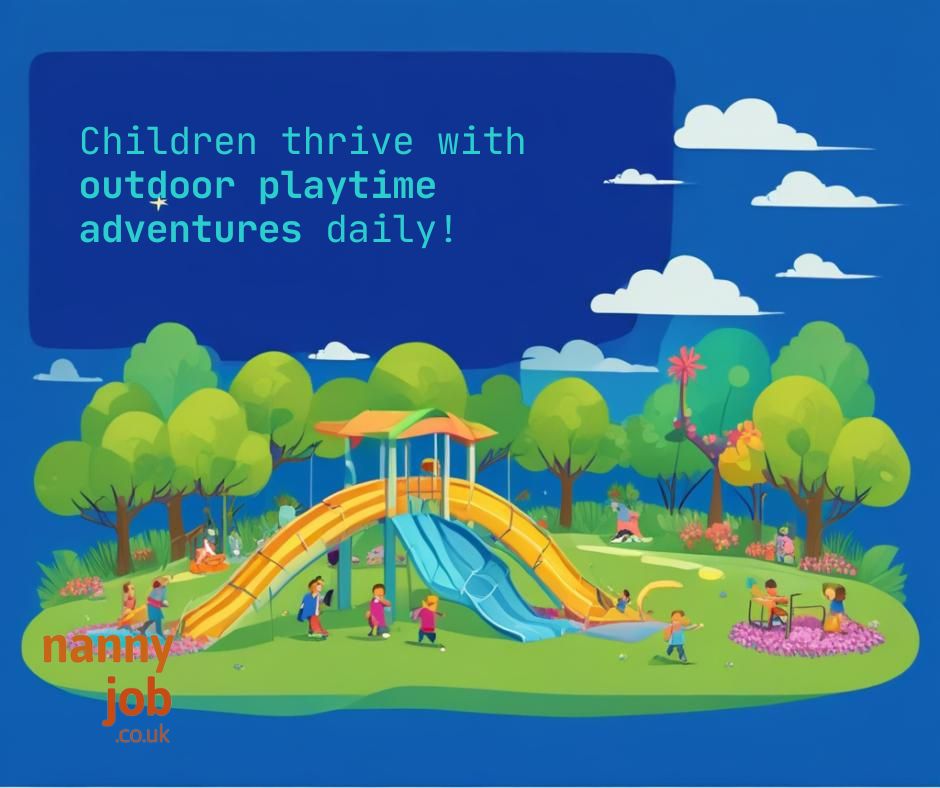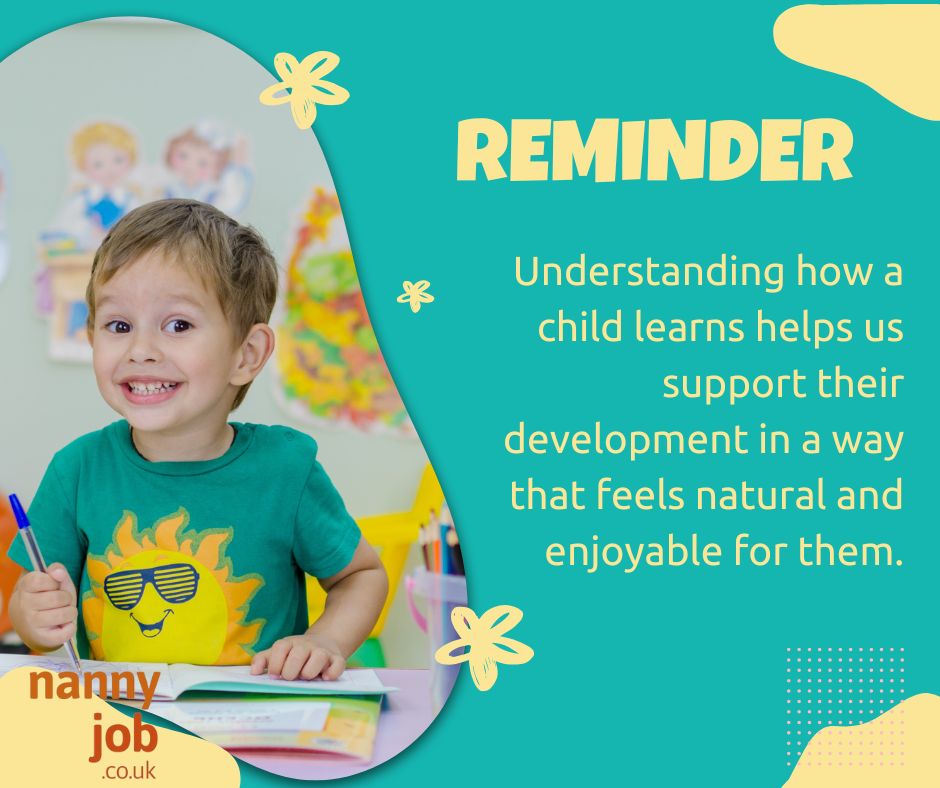Introduction
Every page turned, every story shared, and every character discovered helps shape a child’s understanding of the world. International Children’s Book Day (celebrated each year on 2nd April, Hans Christian Andersen’s birthday) is a beautiful reminder of the power of books and the importance of nurturing a lifelong love of reading.
For parents, nannies, and caregivers, reading to children from an early age isn’t just about words—it’s about connection, imagination, and laying the foundation for future learning. Let’s explore how books benefit children and how we can inspire even the youngest readers.
 Why Reading with Children Matters
Why Reading with Children Matters
 1. Supports Early Brain Development
1. Supports Early Brain Development
Reading aloud helps build language, literacy, and cognitive skills. It stimulates the brain and supports vocabulary development long before a child can read themselves.
 2. Strengthens Emotional Bonds
2. Strengthens Emotional Bonds
Snuggling up with a book offers a moment of calm and connection. It’s one-on-one time that helps children feel secure, loved, and heard.
 3. Boosts Communication Skills
3. Boosts Communication Skills
Books introduce children to new words, ideas, and expressions, encouraging them to ask questions, express themselves, and develop their own storytelling abilities.
 4. Encourages Empathy and Understanding
4. Encourages Empathy and Understanding
Through characters and stories, children learn to see the world through different perspectives, building emotional intelligence and empathy.
 5. Builds a Strong Foundation for Learning
5. Builds a Strong Foundation for Learning
Children who are regularly read to are more likely to succeed academically. A love for books naturally leads to a love of learning.
 How to Encourage a Love of Reading
How to Encourage a Love of Reading

Read at bedtime, after lunch, or during quiet time. Even just 10 minutes a day makes a difference!

Set up a cosy corner with a blanket and a few books. A special reading spot can make storytime feel extra inviting.

Babies enjoy the sound of your voice. Board books with textures, colours, and simple images are perfect for tiny hands and curious minds.

Use different voices for characters, encourage children to guess what happens next, or act out scenes with soft toys and props.

Let children choose their own books. Having ownership over their reading choices builds excitement and pride.

Include books that reflect diverse cultures, abilities, and families to help children feel represented—and open their eyes to the wider world.
 Favourite Book Ideas by Age Group
Favourite Book Ideas by Age Group
- Babies & Toddlers: Dear Zoo, Guess How Much I Love You, Where’s Spot?
- Preschoolers: The Gruffalo, Room on the Broom, We’re Going on a Bear Hunt
- Early Readers: Charlie and the Chocolate Factory, Flat Stanley, Isadora Moon
- Older Children: Matilda, The Secret Garden, How to Train Your Dragon
 Final Thoughts
Final Thoughts
Whether it’s a fairy tale before bed or a funny picture book on a rainy day, stories help children grow—not just academically, but emotionally, socially, and creatively.
This International Children’s Book Day, let’s celebrate the joy of storytelling, and remind ourselves that a love of reading starts with one simple story… read together.

 International Children’s Book Day – 2nd April 2025
International Children’s Book Day – 2nd April 2025


 The Effects of Stress on Daily Life
The Effects of Stress on Daily Life How Nannies Can Support Stressed Families
How Nannies Can Support Stressed Families Keep routines consistent – A predictable schedule helps create a sense of safety and stability for children.
Keep routines consistent – A predictable schedule helps create a sense of safety and stability for children. Helping Children Understand and Cope with Stress
Helping Children Understand and Cope with Stress 1. Talk About Feelings
1. Talk About Feelings 2. Teach Calm-Down Techniques
2. Teach Calm-Down Techniques 3. Encourage Movement and Outdoor Play
3. Encourage Movement and Outdoor Play 4. Keep Playtime Open and Unstructured
4. Keep Playtime Open and Unstructured
 Why Gardening is Great for Children
Why Gardening is Great for Children 1. Teaches Patience and Responsibility
1. Teaches Patience and Responsibility 3. Encourages Healthy Eating
3. Encourages Healthy Eating 4. Supports Learning and Curiosity
4. Supports Learning and Curiosity 5. Builds Confidence and Pride
5. Builds Confidence and Pride Ways to Get Children Involved in Gardening
Ways to Get Children Involved in Gardening
 2. Give Them Their Own Tools
2. Give Them Their Own Tools 3. Grow What They’ll Love
3. Grow What They’ll Love


 Why Debt Awareness Matters in Family Life
Why Debt Awareness Matters in Family Life Cutting back on essentials
Cutting back on essentials The Role of Nannies in Supporting Families
The Role of Nannies in Supporting Families Here’s how to introduce money in age-appropriate ways:
Here’s how to introduce money in age-appropriate ways: 1. Use Play to Teach Money Skills
1. Use Play to Teach Money Skills 2. Encourage Saving
2. Encourage Saving 3. Make Spending Decisions Together
3. Make Spending Decisions Together StepChange Debt Charity – Free expert debt advice:
StepChange Debt Charity – Free expert debt advice: 
 Why Maths Matters
Why Maths Matters Everyday Ways We Use Maths
Everyday Ways We Use Maths At the shops – Comparing prices, counting money, understanding discounts
At the shops – Comparing prices, counting money, understanding discounts Telling the time – Learning hours, minutes, and daily routines
Telling the time – Learning hours, minutes, and daily routines Cooking and baking – Measuring ingredients, setting timers, dividing portions
Cooking and baking – Measuring ingredients, setting timers, dividing portions Playing games – Taking turns, adding scores, and recognising patterns
Playing games – Taking turns, adding scores, and recognising patterns Travelling – Reading timetables, understanding distances, estimating journey times
Travelling – Reading timetables, understanding distances, estimating journey times Tidying and sorting – Categorising toys by size, shape, or colour
Tidying and sorting – Categorising toys by size, shape, or colour 1. Turn it into a game
1. Turn it into a game 2. Bake Together
2. Bake Together 4. Try Apps & Online Games
4. Try Apps & Online Games How Parents and Caregivers Can Support Maths Learning
How Parents and Caregivers Can Support Maths Learning Final Thoughts
Final Thoughts World Maths Day 2025 takes place on Wednesday, 26th March!
World Maths Day 2025 takes place on Wednesday, 26th March!




 Funny Faces – Use fruit, cheese, and wholegrain toast to create silly face sandwiches.
Funny Faces – Use fruit, cheese, and wholegrain toast to create silly face sandwiches. Animal Snacks – Turn bananas into dolphins, grapes into caterpillars, or sandwiches into teddy bears.
Animal Snacks – Turn bananas into dolphins, grapes into caterpillars, or sandwiches into teddy bears.





 White pasta →
White pasta → 

 Make their own mini pizzas with healthy toppings.
Make their own mini pizzas with healthy toppings. Assemble wraps or tacos with lean proteins & colorful veggies.
Assemble wraps or tacos with lean proteins & colorful veggies. Help prepare meals—mixing, chopping (with supervision), and plating up can spark excitement!
Help prepare meals—mixing, chopping (with supervision), and plating up can spark excitement!
 Every time they taste something new, they get a sticker! A small reward at the end of the week can be a fun incentive.
Every time they taste something new, they get a sticker! A small reward at the end of the week can be a fun incentive.


 Manchester – Heaton Park Adventure Playground
Manchester – Heaton Park Adventure Playground Bristol – Blaise Castle Estate Playground
Bristol – Blaise Castle Estate Playground Birmingham – Lickey Hills Country Park
Birmingham – Lickey Hills Country Park Cardiff – Roath Park Playground & Lake
Cardiff – Roath Park Playground & Lake Encourages Physical Activity
Encourages Physical Activity Supports Mental Well-being
Supports Mental Well-being
 2. Auditory Learners – Learning Through Listening
2. Auditory Learners – Learning Through Listening Adapt Daily Routines to Support Learning
Adapt Daily Routines to Support Learning